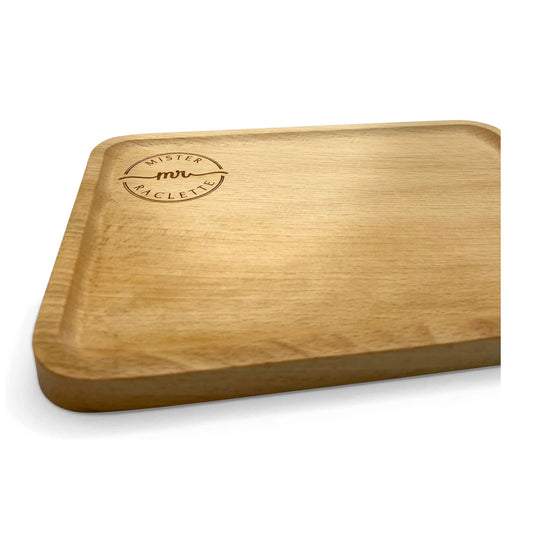What type of cheese for a raclette?
Introduction: The raclette, a friendly dish
What type of cheese for a raclette? First of all, raclette, a dish renowned for its friendliness and warm character, has its origins in alpine culinary traditions. Historically, this dish was a simple but delicious way for shepherds to consume cheese and potatoes during their long days in the mountains. Today, the raclette has become a staple of festive meals, bringing together family and friends around a table filled with melted cheeses and varied accompaniment.
Beyond its simplicity, the raclette is a symbol of sharing and conviviality. Each guest, armed with a small spades, splits their melted cheese on hot potatoes, dried meats, and other garnishes. This tradition, which dates back several centuries, continues to continue, offering a moment of taste pleasure and human warmth. This article is exploring the different types of cheeses that can be used for a raclette, ranging from traditional options to more modern and innovative choices.
Traditional raclette cheese: Valais raclette PDO
The heart of the raclette tradition lies in the cheese to Raclette From Valais AOP, a carefully crafted cheese in Switzerland in the canton of Valais. Made from raw milk and refined for 3 to 6 months, this cheese is distinguished by its exceptional quality unmatched today. The wheels, weighing about 5 kg, are produced exclusively in the canton of Valais, sometimes with herbs, pepper or truffles, thus offering a variety of unique flavors.
The raclette of Savoie , Another type of raclette cheese, is also highly regarded for its melting texture and very rich taste. This raw milk grate, produced in large quantities, is a common choice in French households. However, Valais PDO raclette cheese is still the best choice of raclette cheese according to Misterraclette.
Alternative varieties for raclette
When it comes to raclette, creativity has no limits. For those who want to think outside the box, several cheeses offer tasty alternatives to traditional cheese. The Morbier, with its characteristic ash line, brings a touch of sweetness and cremarch. The Reblogon, known for its rich, smooth taste, turns the dish into a more intense taste experience. Gex's Blue, with its spicy shades, is a bold option for those who prefer a stronger taste. On the other hand, we must also take into account the fact that these types of raclette cheese, we have not been made at the base to be melted. So clearing this type of cheese is going to be more complicated.
Each of these cheeses brings its own personality to the raclette, allowing to vary the pleasures and culinary discoveries. By mixing cheeses or serving them individually, you can create a unique and personalized raclette experience, tailored to the tastes of each of your guests.
Tips for a successful raclette: cheeses and accompaniment
To ensure the success of your raclette evening, the choice of cheese is only the first step. It is important to select cheeses that melt well and that complement the tastes of other accompaniment.
Support also plays a crucial role. The potatoes, dried meats, pickles and onions are classics that never disappoint.
Innovation and creativity: modern raclette
The traditional raclette is a classic that is a classic, but there are many ways to innovate and customize this dish. Experimenting with non-traditional cheeses can bring a new dimension to your raclette. Cheeses like Gouda, Emmental or even blue cheeses can be integrated for a unique culinary experience.
Do not hesitate to think outside the box in terms of accompaniment as well. Vegetarian or even vegan options, such as nut-based cheeses, can be explore to satisfy all tastes. The key is to stay open to new experiences while enjoying the flavors that each ingredient brings to the dish.









